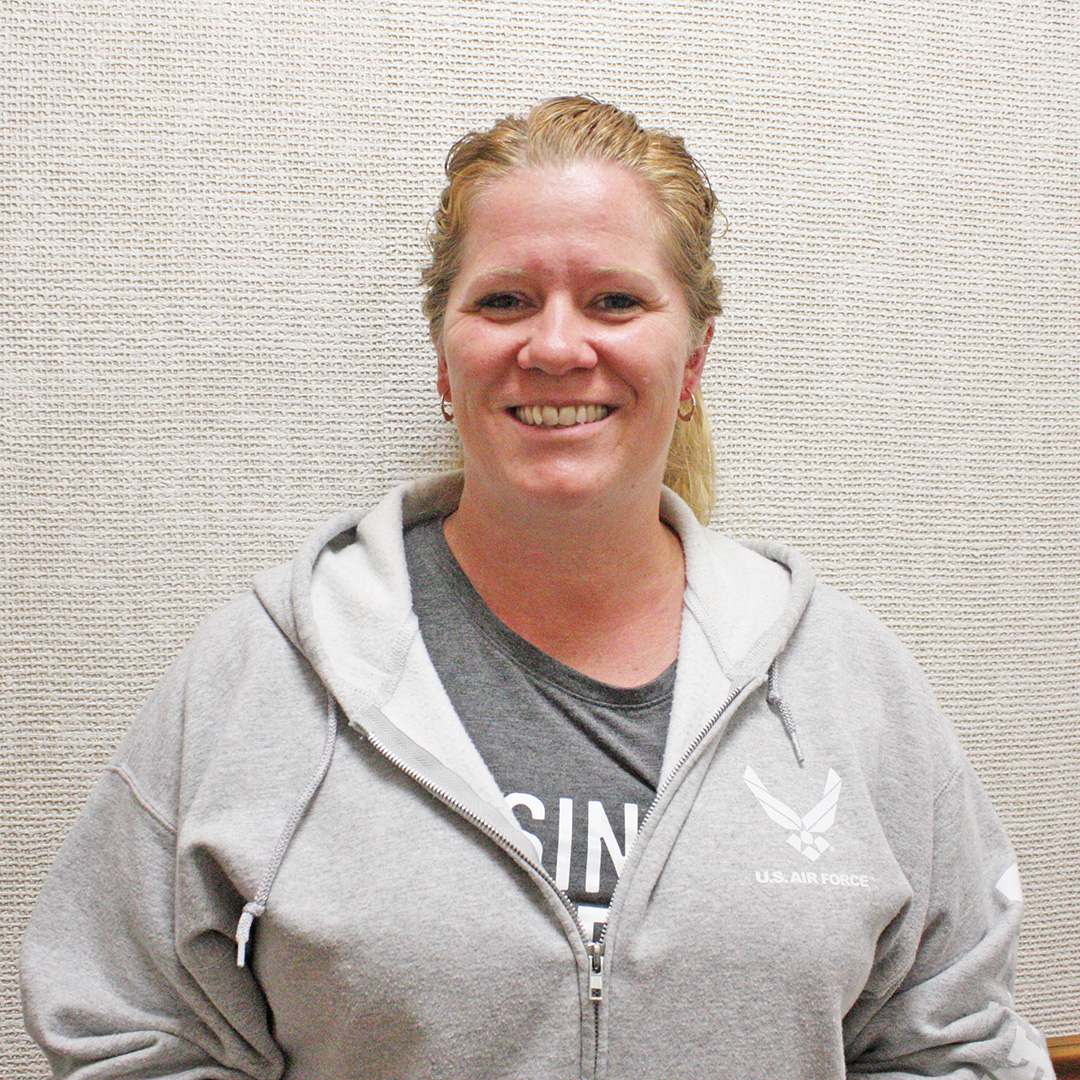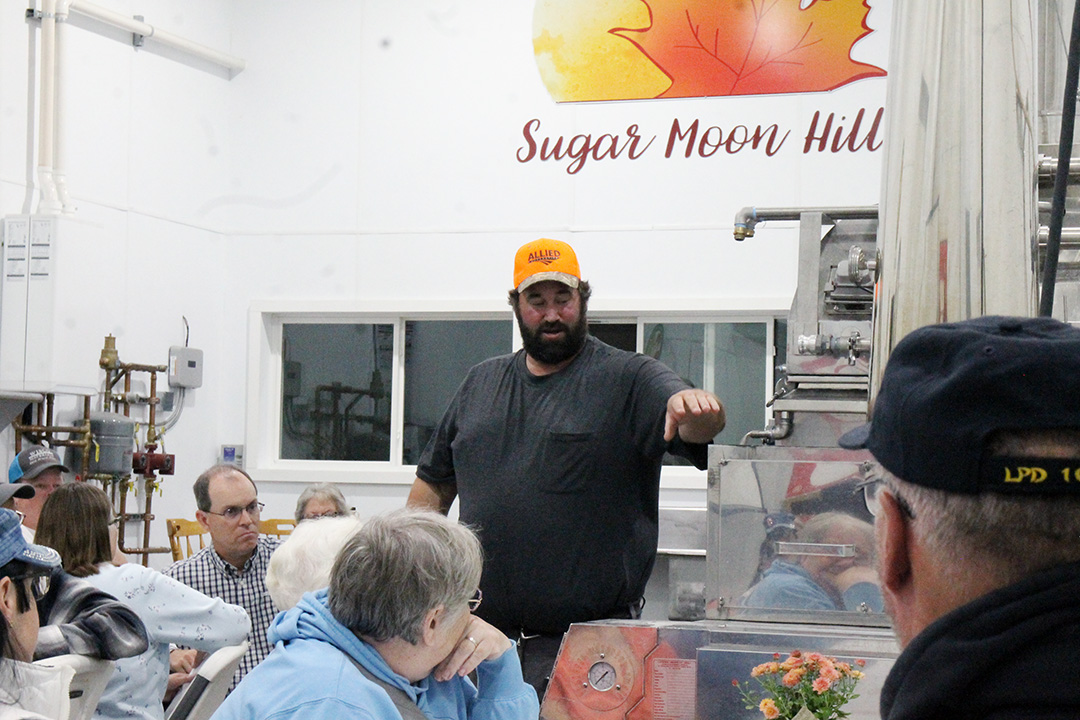Unseen impact: how assisted reproductive tech affects children


What would it be like to live your whole life as an only child only to discover you have 44 siblings — and counting? That has been the reality for Kianni Arroyo, a 20-something-yearold waitress from Orlando, who learned she was conceived using a sperm donor and has since been on a quest to locate all of her half-siblings. By using online registries, she uncovered 44 siblings born in a 20-year span, stretching across eight states and four countries (as reported by The Washington Post in 2018).
With the advancement of assisted reproductive technology (ART), namely in vitro fertilization (IVF) and artificial insemination, stories like Arroyo’s are becoming more common, especially since the U.S. does not place any limit on the number of offspring per donor. The online Donor Sibling Registry has connected more than 26,000 half-siblings worldwide since 2000, with some users finding more than 200 matches.
Furthermore, different states have differing laws when it comes to donor anonymity and requiring donors to disclose their medical history. That means donor-conceived people may not be able to receive answers to questions about who they are, despite their understandable desire to know. (According to WeAreDonor-Conceived.com, 67% of grown donor conceived people believe they have the right to know the identity of their donor.)
Netflix recently released a docuseries titled “The Man With 1,000 Kids” about serial sperm donor Jonathan Meijer, a Dutch man who has children around the world from his donations to several sperm banks, along with private meetings he allegedly held directly with prospective mothers. He was banned from donating in the Netherlands in 2017, but continued to donate to other countries. Meijer’s actions created hundreds, if not thousands, of half-siblings who could run into each other and have no idea they are related, leaving a potential for inbreeding. In 2021, the New York Times reported that two of Meijer’s children both “swiped right” on each other on the dating app Tinder. Thankfully, they realized they were siblings before the interaction went too far.
The lack of regulation on the ART industry creates moral and ethical concerns, with the industry focused on fulfilling the desires of the people who wish to be parents and not taking into consideration the resulting emotional fallout for the donor-conceived child. No child gets to choose the circumstances under which they were conceived; however, for donor-conceived children, the circumstances of their conception can especially lead to profound questions about their origin, causing mental and emotional distress.
“Every time I find a new sibling, I get anxiety and think to myself: When is it going to end?” said Arroyo.
A global children’s rights nonprofit called Them Before Us has compiled statistics about the donor-conceived children industry. Here are just a few statistics.
— The U.S.’s fertility industry brings in $3.3 billion annually and “fertility tourism” has taken off as a booming global trade.
— Nearly half of young adults conceived through sperm donation are disturbed that money was involved in their conception.
— About half of donor-conceived offspring have concerns or serious objections to donor conception itself, even when the parents tell their children the truth.
— Family relationships for donor offspring are more often characterized by tension and loss. Nearly half of donor offspring (48%) compared to about a fifth of adopted adults (19%) agree, “When I see friends with their biological fathers and mothers, it makes me feel sad.” Similarly, more than half of donor offspring (53%, compared to 29% of the adopted adults) agree, “It hurts when I hear other people talk about their genealogical background.”
— Donor offspring have increased concerns about their parents’ honesty and openness. Almost half of donor offspring (47%) agree, “I worry that my mother might have lied to me about important matters when I was growing up,” compared with 27% of the adopted and 18% raised by their biological parents. Similarly, 43% of donor offspring, compared to 22% and 15%, respectively, of those raised by adoptive or biological parents, worry that their father might have lied to them about important matters.
IVF raises its own set of moral issues, as the process creates many excess embryos and 93% of IVF-created embryos are eventually destroyed. Since 1998, the number of frozen embryos sitting in storage in the U.S. has risen from roughly 100,000 to an estimated 1.5 million. Only a few thousand of those embryos have been adopted and born. IVF also has the potential to go down the road of eugenics, as couples or single parents can choose to abort embryos based on the possibility of future physical and mental disabilities, or select for traits they deem favorable. “I knew from an early age that I was purchased and selected from essentially a catalog. I knew that my blonde hair and blue eyes was somehow valued above other colorations— because my mother never fell in love with my father, he was never a full human being to her, only a handful of breeding details. I always knew that I was purchased and created precisely to make her happy,” stated Alana Newman, donor-conceived person.
There are also many children out there already born, just waiting to be adopted and have the chance at a loving family. Granted, the adoption process is long and expensive; there are issues with the entire system. However, for those who have the financial capacity and the willingness to work through the system, it can be very rewarding to give an adopted child the chance at a good life.
I write all of this not to tell you what to think on these issues, but simply to raise some questions.
One donor-conceived person from Germany, “Stina,” summed it up this way: “A child is not a right, but its own person. You do not have a right to a husband or lover either.”
Fellow donor offspring Damian Adams agreed: “There is no right to a child. It is a privilege, and it is unfortunately a privilege not everyone can enjoy.”
More information is available at ThemBeforeUs.com or in the book “Them Before Us: Why We Need a Global Children’s Rights Movement.”




